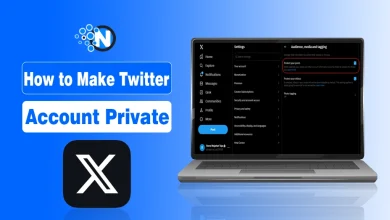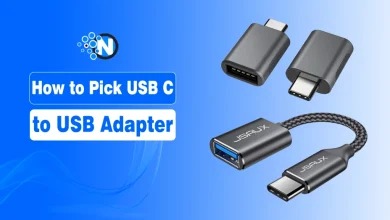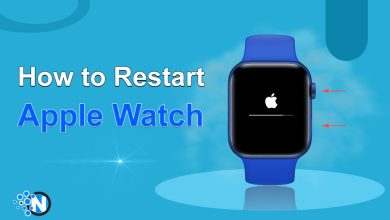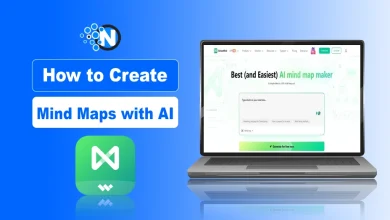Snapchat Planets – Meaning and How it Works
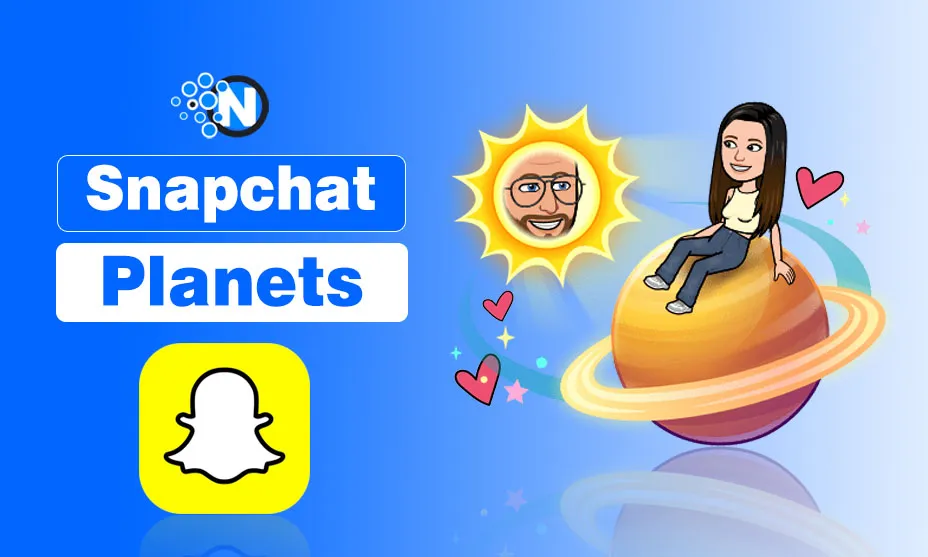
As the name shows, it represents planets of our solar system that can be assigned to different friends within your share list to illustrate their importance. Snapchat Planets is this popular social media platform’s most exciting and compelling feature, adding more flavor to fun and entertainment.
While most users think that they haven’t seen this feature in the Snapchat application, it is essential to notice that only Snapchat+ users can experience this. If you are new to the paid subscription and want to learn more about its meaning and working, you are at the right place.
What You Should Know About Snapchat Planets?
Snapchat Planets is an interesting way to showcase your bond’s strength with your friend. With this feature, you can assign different planets to your top eight friends based on how much you snap and chat with them. The developers have launched this feature to strengthen friendships and bonding among people.
However, the users with premium subscriptions only can have their hands on this activity. If someone has assigned you the title, you can check it by tapping on the gold badge present on their Snapchat profile. If it represents best friends, you can check your number. Otherwise, the Friends tag shows that you are not among the top eight.
What is Snapchat Planets Meaning?
It is not rocket science to understand the meaning of Snapchat Planets, as they are very simple. All the planets assigned to people show their corresponding closeness in your life as they are closer to the sun.
You can replace the shape of the planet with a friendmoji, a custom emoji that represents your bond’s strength and relationship with your friend on Snapchat. In the under-section, we have elaborated on the meanings of Snapchat Planets and related friend emojis.
1. Mercury
We all know that Mercury is the closest planet to the sun that revolves around it at maximum speed. Moreover, it is the hottest planet because of its closeness with the fireball. Thus, it is often termed as the closest companion of the sun.
Similarly, Mercury, in Snapchat Planets, is utilized to represent your closet or the top best friend in your list. It can be defined with a friendmoji of a red planet with four heats moving around it.
2. Venus
Venus is the second closest planet to the sun and exhibits the same meaning among Snapchat Planets. Generally, it is used to represent your second best friend on this social platform or overall in your social circle. However, that doesn’t mean anyone has less importance in anyone’s life.
The developers have already revealed that it is just a kind of visual representation of relationships. The friendmoji of Venus is a light brown planet. In addition, yellow, pink, and blue hearts are around it.
3. Earth
Earth is the only planet in the solar system where life exists because of the reason that it experiences a sufficient amount of light and energy from the sun. Moreover, all the nutrients are present to sustain the life of people and microbes. Thus, you can assign this title to your friend with you in every aspect of your life and provide you with essential mental and physical support.
As a result, you can signify their importance in your life. However, its visual meanings are the third closest friend. The blue-green planet with a moon, stars, and red hearts shows the friendmoji of Earth in Snapchat Planets.
4. Mars
Mars in Snapchat Planets refers to your fourth best friend on this social platform because of its corresponding place in the solar system. You can assign this to your friend according to this general thought. Nevertheless, it can also be used from the perspective that Mars is the most balanced planet in our solar system with an intermediate position.
It also showcases the signs of life’s existence. Therefore, you can assign this to your friend coming out of any trauma to make him or her feel better. The friendmoji is also very interesting, with red-orange planets and two yellow stars.
5. Jupiter
If you have a giant-sized friend in your social circle, you can assign him Jupiter from this best friend Snapchat Planets to add some humor and excitement. On the other hand, the general meaning represents your 5th best friend on this planet. Because of its immense diameter, Jupiter is the largest planet in our solar system.
As per the satellite images, Jupiter is brown-orange, and the same has been represented on Snapchat. Furthermore, four rings are present around it.
6. Saturn
Saturn is widely famous for its ring in the solar system, which adds more beauty to its looks. Moreover, it is present sixth to the sun and represents your sixth best friend in the rundown. Snapchat Planets has utilized the same appearance to create the friendmoji.
The yellow-brown planet, along with the three rings around it, is the representation of this emoji. Also, you can assign this planet to one of your most stylish friends.
7. Uranus
This is the seventh closest planet to the sun in the solar system and is best famous for its cold weather and third-largest diameter.
Correspondingly, it showcases your seventh best friend on Snapchat Planets. The friendmoji of Uranus is a green planet with two rings revolving around it. Some stars are present, but there is no heart.
8. Neptune
Although Neptune is not the last planet in the traditional solar system, Snapchat Planets features it as the last one and is used to represent the eighth best friend in your friend’s circle. The friendmoji of Neptune is a dark blue planet with only one ring revolving around it.
You can use this badge to showcase that one special friend who always shows icy behavior even in harsh circumstances to acknowledge his skill to tackle certain issues.
How do Snapchat Planets Work?
Snapchat Planets works in the same manner as the real solar system, where each planet revolves around the sun in its particular orbit and is separated by a certain distance.
In Snapchat, you are the sun, and your 8 top friends serve as the planets. The Snapchat Planets in order are the same as they are in real life, like Mercury, Venus, Earth, Mars, Jupiter, Saturn, Uranus, and Neptune.
The closer the planet assigned to your friend in Snapchat Planets, the closer the friend is to you. Hence, you can rank your top favorite personality with Mars, and the remaining order continues. Similarly, you can assess your importance in someone’s life by checking the badge.
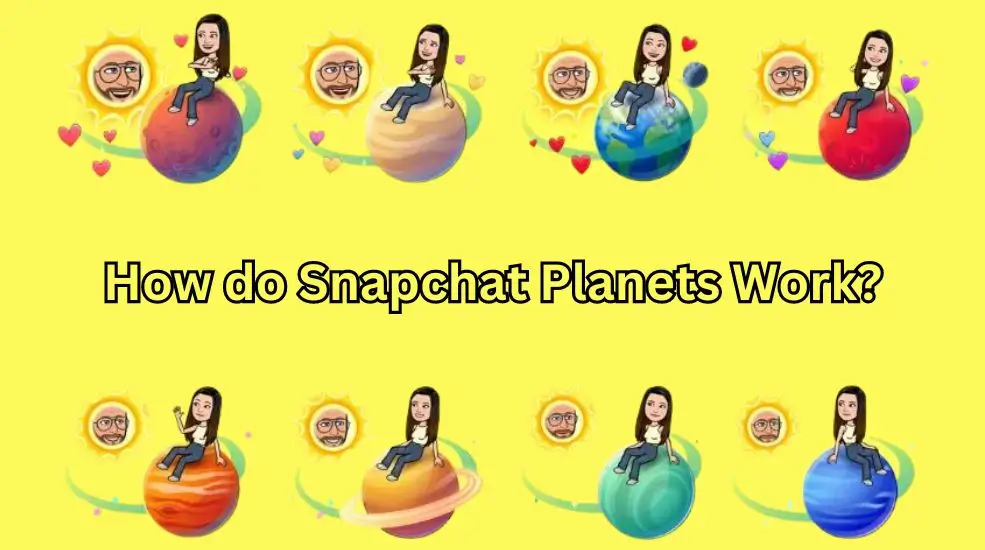
For example, if you receive Mars, you are the closest to the user. In the same manner, if you get Neptune, you are the eighth best friend to him or her.
How to View Your Snapchat Solar System?
We described previously that only Snapchat+ users can utilize the features of Snapchat Planets. Therefore, you must purchase a subscription to view your or someone’s Snapchat solar system. Some users still face difficulty in performing this operation. That’s why we have detailed everything in the following section.
Subscribe to Snapchat+
Firstly, you need to subscribe to Snapchat+ to utilize this exceptional Snapchat Planets feature alongside several others. The following steps will help you subscribe to the premium plan.
- Open the Snapchat app on your smartphone, whether it is Android or iOS.
- Click on the profile picture present generally in the top left corner. The location may vary because of the screen’s size and dimensions.
- Then, tap on the settings icon in the upper right corner.
- Scroll down to see the Snapchat+ button and click on it.
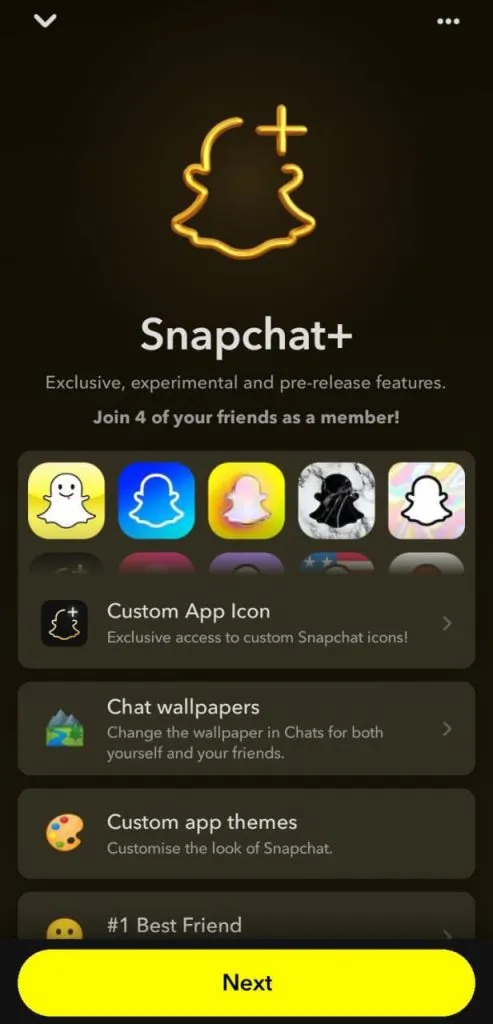
- Follow the popups to add the payment method. Confirm proceeding. Here you will have two options either to get 7 days plans or to buy a monthly plan.
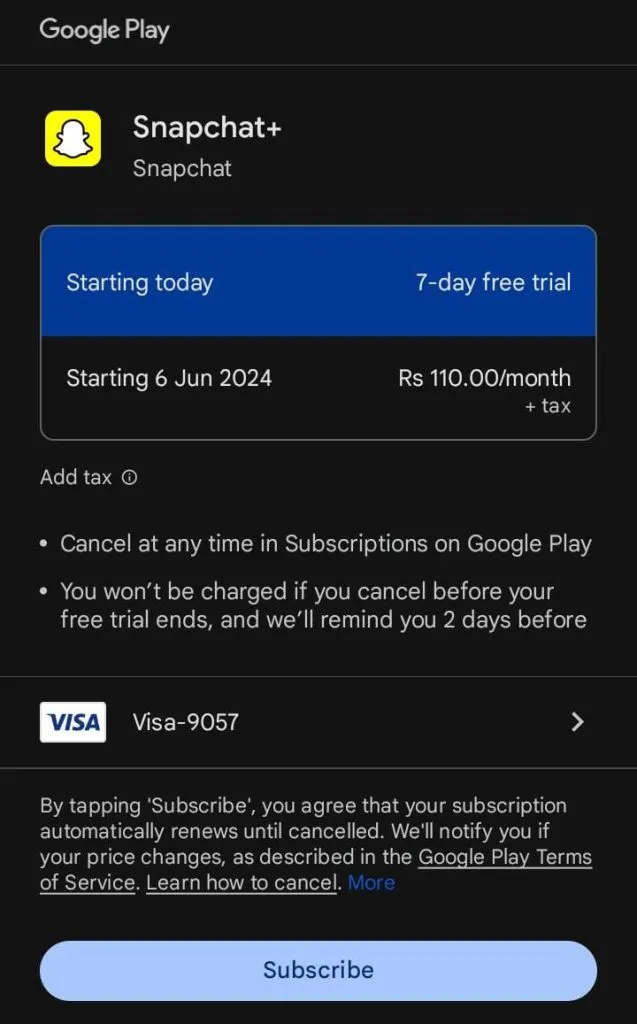
- After paying the fee, you will come across the Snapchat+ overview pop-up. Click done here.
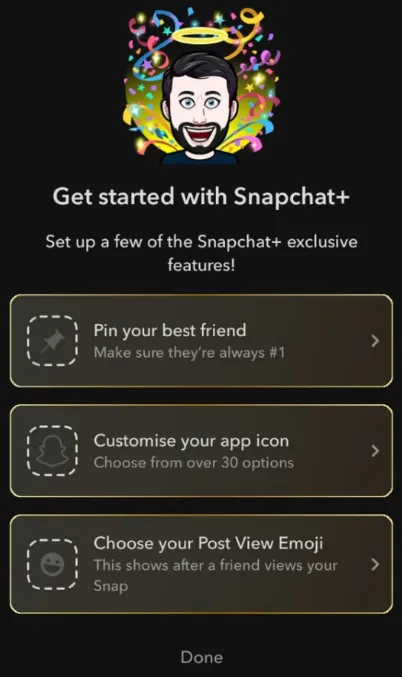
Now, you have Snapchat + to enjoy the premium features.
Get Snapchat Planets
After subscribing, you will be able to view your Snapchat Planets present under the option of “Solar System.” To check your friends in the solar system, you should follow the steps detailed below.
- Open the app and reach the Snapchat+ option by following the previously elaborated points.
- After clicking the Plus button, you can see the numerous new features.
- Scroll them down to find the Solar System button.
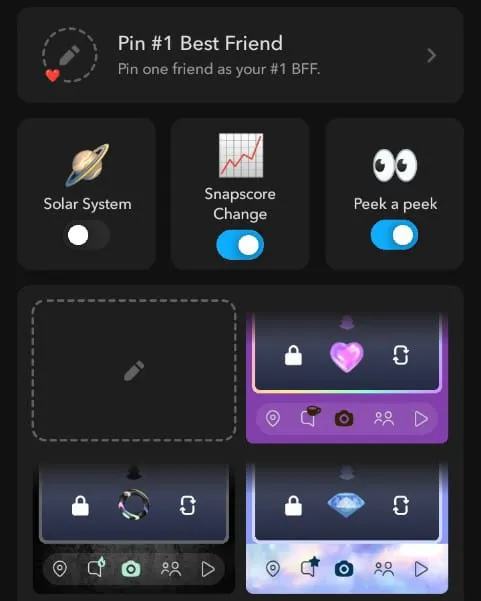
- Then, a new window will be opened showing the My Friends button.
- Click on it to get the details of your friends’s position in your solar system. You can also customize it according to your preferences.
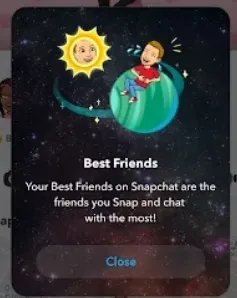
- Above all, you can see other people’s solar systems by tapping on their name in the snap list and clicking their gold ring badge.
Concluding Thoughts
Snapchat Planets are a fun and creative way to see who your best friends are on Snapchat and how close you are to them. They also add personalization and expression to your friendship profiles and snap stories. By assigning the planets to your friends, you can tell them about their importance in your life. It not only enhances your bond but also adds a flavor to your daily life. You just need to purchase its premium subscription to enjoy this feature and more benefits from Snapchat.
FAQs
What determines the order of Snapchat Planets?
The order of Snapchat Planets is determined by the closeness of your friendship, with your top best friend being assigned the “Sun” planet and the others following in decreasing order of closeness.
How can I see my friend’s Snapchat Planets?
To view your friend’s Snapchat Planets, tap on their profile and look for the planet badge.
Can I customize my Snapchat Planets?
Currently, Snapchat does not offer customization options for Snapchat Planets.

